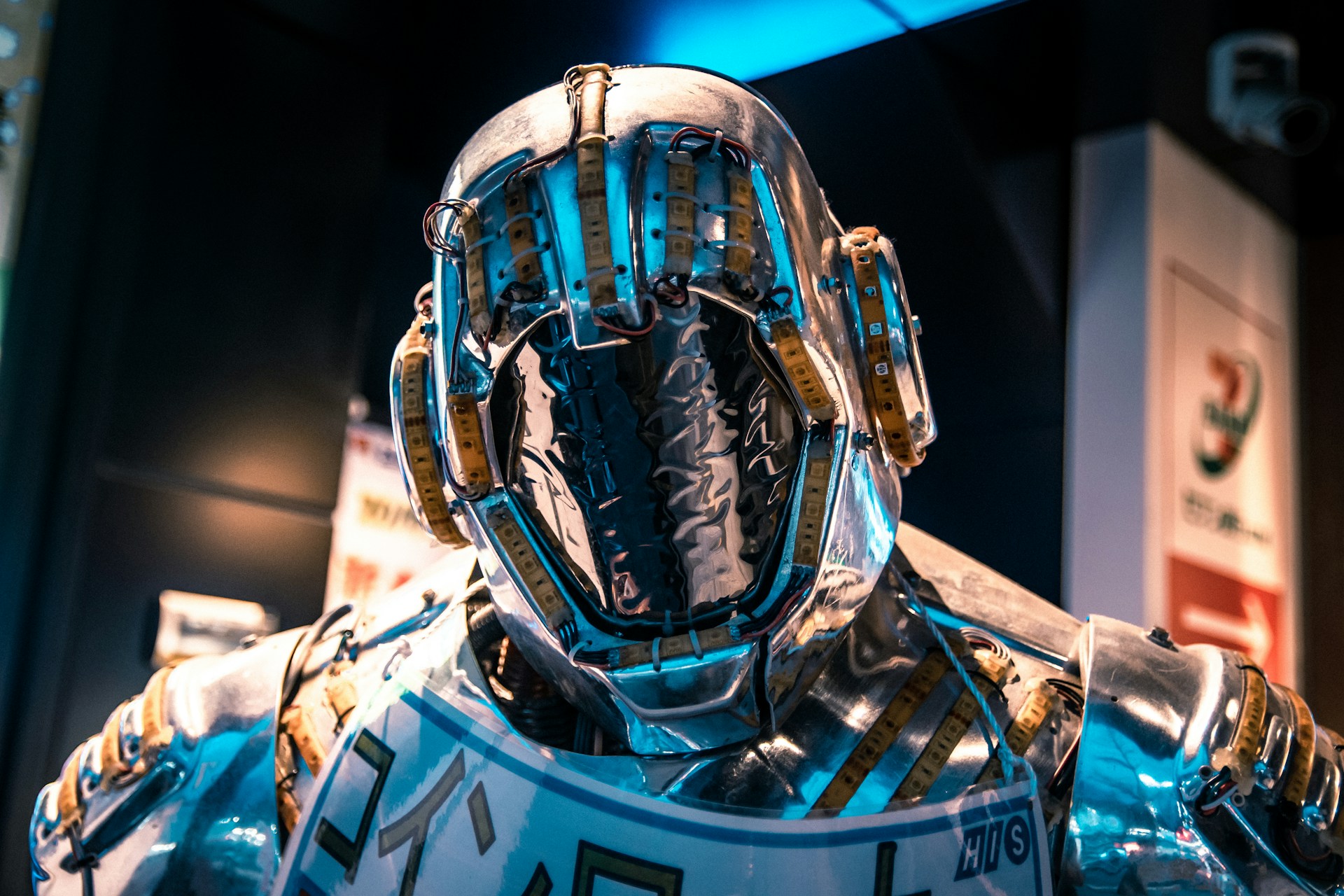In The Electric State, directed by Anthony and Joe Russo, a small, spherical-headed automaton named Cosmo—voiced by Hollywood’s ever-reliable mood booster Alan Tudyk—speaks exclusively in catchphrases it has picked up from a cartoon character on television. “We can team up!” it chirps—an enthusiastic call to unite.
Inspired by these slogans, Millie Bobby Brown’s character, Michelle, an orphan, becomes a voice for solidarity between humans and robots in opposition to the ruthless tech corporation Sentre. “If we all went to Sentre together, we could shut them down!” she declares. The message is clear: exploitation and oppression can be overthrown if the oppressed rise together. Not even Google, Microsoft, Amazon Web Services, or Netflix could withstand such a rebellion. Chris Pratt, playing a former soldier-turned-thief named Keats, is fully on board. His robotic sidekick, Herm—voiced by the ever-reliable Anthony Mackie—joins the cause. Meanwhile, Woody Harrelson, portraying a mechanical version of Mr Peanut, blesses the movement with his character’s trademark crumbs, followed by a whole assembly of machines.
For nearly two hours, the film adapts Simon Stålenhag’s illustrated book of the same name with a distinctly different interpretation. The Russo brothers’ high-energy, though not entirely grating, direction reduces the book’s quiet, melancholic atmosphere to mere traces of mood and character design. However, this isn’t necessarily a disaster—fans can always return to the original book to experience its contemplative visuals and prose.
Stanley Tucci as the Devil’s Steve Jobs
The heart of the original story lies in its restrained narrative and visuals, which convey a deep respect for the protagonist’s vulnerability. In both the book and the film, Michelle searches for her missing brother, who, in turn, operates Cosmo to aid in her quest. But while the book is populated by the wounded and the defeated—some of whom find dignity in their weakness, yet none of whom are depicted as heroes or villains—the film takes a different approach. It introduces Pratt’s character as a guns-blazing, explosion-loving hero, accompanied by two new antagonists: a hitman played by Giancarlo Esposito, who remains open to reform, and a self-obsessed, irredeemably villainous Stanley Tucci, embodying a nightmarish version of Steve Jobs. Both actors, unsurprisingly, deliver performances well worth their paychecks.
Set in an alternate version of the 1990s, the film envisions a world where animatronic human units—originally designed for Disney theme parks—revolted after being relegated to a subjugated, robotic working class. Ultimately, they were driven into a massive reservation, encircled by a wall that does little to protect them from occasional military crackdowns by the victorious human forces. Stålenhag’s book also presents an alternate history, though its focus is not on a robot uprising but rather on a dystopian society in which people, strapped into brain-interface helmets, waste away in a state of digital and mechanical detachment. The film, however, reduces this element to a mere backdrop in favour of a grand allegorical fable: the powerful few exploit the powerless many, but if the latter unite, the game of oppression could soon come to an end.


